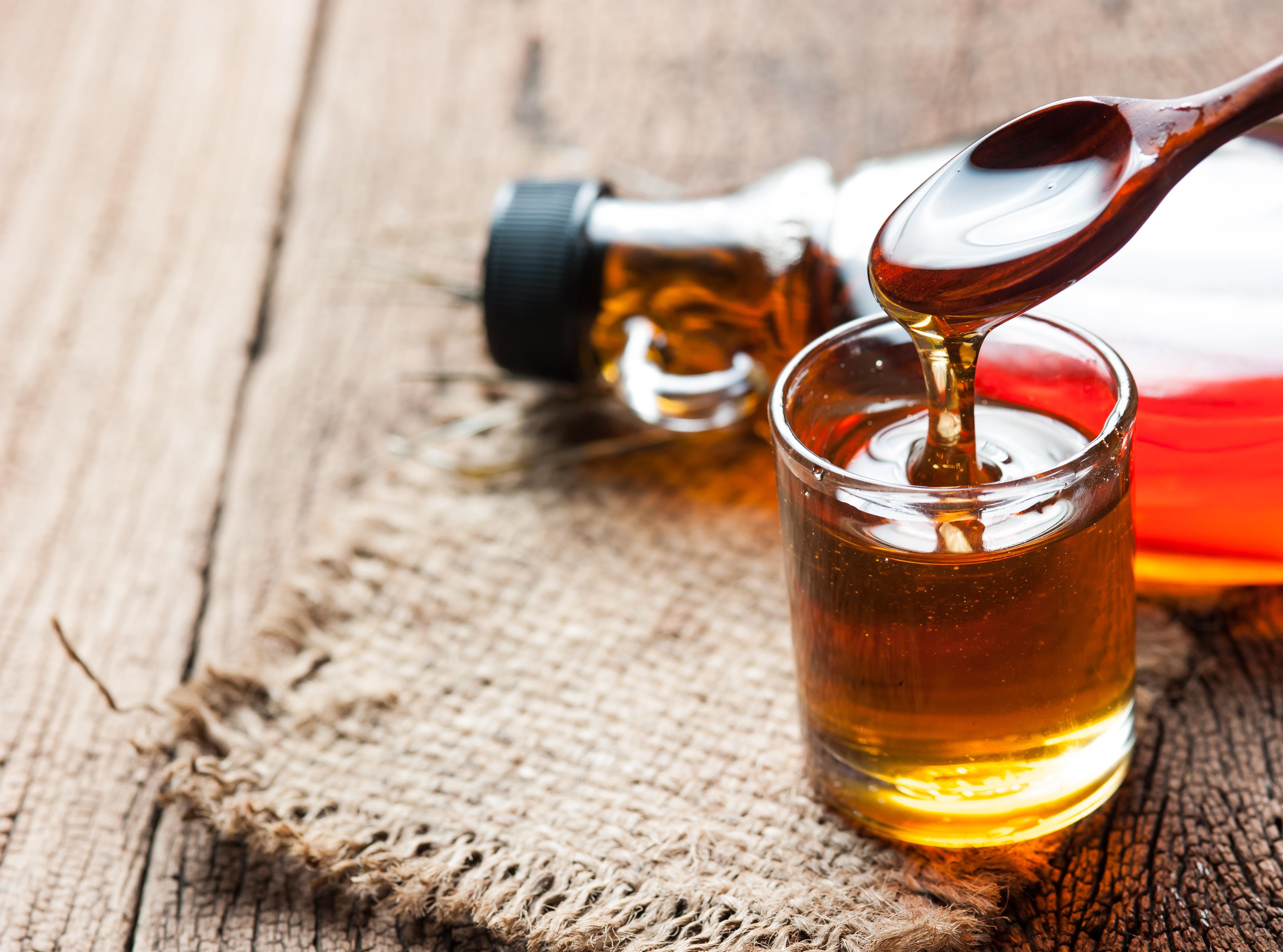Avoiding candy, cakes, ice cream and chocolate seems quite logical when trying to lower your blood sugar. We are less wary, on the other hand, of fruits. However, some are particularly sweet.

- To control your blood sugar, spread out the portions. You can, for example, take one in the morning, one for dessert at lunch, one as a snack.
- It is recommended 5 servings (80/100 g) of fruit and vegetables per day.
To reduce your blood sugar, you must eliminate sodas, cakes, ice creams, pastries… to put it simply, foods rich in sugar. There is also a natural product to pay attention to: fruits.
Asked by the Cleveland Clinicdietician Beth Czerwony explains: “I don’t want anyone to fear the sugar in fruit because they are natural sugars. The body processes them differently than the sugar in cookies, cakes, and that type of food.”
However, it should not be abused, either. That’s why it’s important to know the sugar content of the fruit you bite into, especially if you have a medical condition that requires blood sugar monitoring and control.
The expert thus detailed the sugar levels of nine fruits often nicknamed the “nature’s sweets”.
The watermelon
Very rich in water, watermelon is the star of summer. The fruit has only 6 g of sugar per 100 g. He can be ‘high in sugars’says the specialist “but it’s low carb, which means eating a slice on a hot summer day shouldn’t cause your blood sugar to skyrocket,” she continues.
There French Federation of Diabetics advises for its part not to consume the watermelon alone to avoid the peak of glycemia and “to accompany it with yogurt to reduce the glycemic index”.
The cherries
Cherries are rich in vitamin A and C as well as antioxidants and melatonin (sleep hormone). “Cherries are very good for you, but try to be careful how much you eat”, advises the expert. Indeed, it is easy to eat a lot of them quickly. For cherries, the French federation of diabetics recommends limiting yourself to 100 g (i.e. 10 to 15 depending on their size). This represents approximately 13 g of sugar.
The grape
100 g of grapes provide between 15.5 and 17 g of sugar, depending on the variety. With its easy to nibble grains, you have to be careful not to overdo it either.
“Try to be aware of the number of sugars you are consuming during the meal if you are looking to limit sugars”specifies the dietician in the article published on the site of the American hospital establishment.
The banana
A banana contains on average 15 g of sugar, which represents the same rate as a donut. Another element to take into account before biting into the fruit. Its sugar content increases as it matures.
“Consider portion sizes if you are watching your sugar intake. If you eat small bananas, it will be better than if you choose gigantic bananas which would correspond to two servings”explains Beth Czerwony.
pineapple
It takes 16.3 g of sugar for a cup of pineapple. “Its amount of carbohydrates is higher than the average amount found in fresh fruit”specifies theAgency for Research and Information on Fruits and Vegetables.
If you’re watching your blood sugar, be careful. The sugar level increases when the fruit is squeezed, dried or served in a syrup. With this exotic fruit, moderation remains the key to meals.
Oranges
A large orange houses 17.2 g of sugar. “The fiber in oranges can help ease the release of sugar into your blood. But for this to work, eat the fruit instead of drinking a glass of orange juice”, specifies the American establishment. Indeed, even freshly squeezed, orange juice is more concentrated in sugar than the fruit.
Pears
A medium pear contains about 17 g of sugar, equivalent to a cinnamon roll. If this fruit remains quite sweet, it has the advantage of containing a lot of fibre. However, to benefit from it, it must be eaten whole and fresh. And beware of canned pears: they are generally bathed in a very sweet syrup which risks causing blood sugar levels to explode.
Apples
A large apple contains 25 g of sugar. However, most of the latter is fructose. The advantage of the latter? It does not cause as many blood sugar spikes as glucose or sucrose.
In addition, the fruit is very rich in fiber. They promote glucose metabolism, which can also help keep sugar and insulin levels from rising too high.
And if you’re looking to limit your sugar intake, choose green apples over red ones. They are less sweet.
mangoes
With their sweet and exotic taste, mangoes are very popular. The table of nutritional composition of foods from ANSES indicates that in 100 g of mango, there should be 14 g of carbohydrates. If this does not seem huge, you have to take into account that a mango weighs on average 400 g. Thus, if you eat it whole, you can absorb more than 50 grams of sugar. Portion control is again essential for diabetics. Beth Czerwony suggests pairing the food with a protein like low-fat Greek yogurt, which can help slow the release of sugar into your blood.
The sugar present in fruits should not make you give up these foods because they are rich in vitamins, nutrients and antioxidants. “Unless you have diabetes or another health condition that requires monitoring your blood sugar, you probably don’t eat enough fruit that the sugar in it is an issue”warns dietitian Beth Czerwony.

















